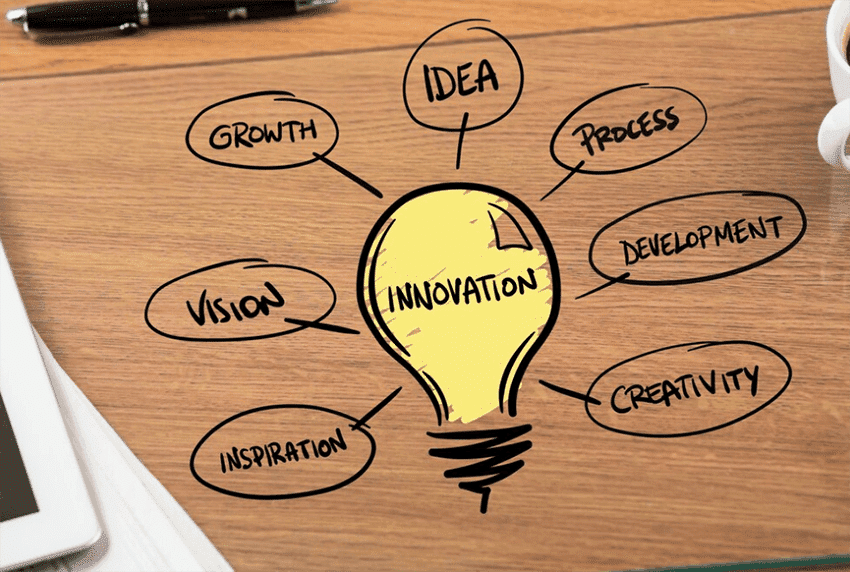THRIVE, an acronym for The Holistic Regenerative Innovative Value Entity, serves as the foundational concept for the THRIVE Framework, a transdisciplinary modelling system that anticipates potential outcomes of actions in advance. The THRIVE Framework aims to assess the impact of current initiatives, facilitating the transformation of society toward a future that surpasses mere sustainability. It is the strategic tool for realising the United Nations Sustainable Development Goals (SDGs).
12 Foundational Focus Factors (FFFs) underpin the THRIVE Framework. Furthermore, these FFFs are theories and guidelines. As a result of several years of comprehensive research, the 12 Foundational Focus Factors identify necessary and sufficient conditions to transition humanity beyond sustainability towards Thrivability
Sustainability is not just about surviving, but thriving. The 12 FFFs, along with the THRIVE platform, use backcasting to solve problems. Backcasting is like planning your dream future and then figuring out the steps to make it happen. It’s not just about predicting the future based on what’s going on now; it’s about working backward to set goals, tackle obstacles, and plan the actions needed. People often use it in sustainability planning to aim high and innovate ways to get there.
The Systemic Holistic Model brings together these 12 Foundational Focus Factors, which operate across four quadrants, working together to create Thrivable transformation. These quadrants are significance, shift, scale, and scope.


















